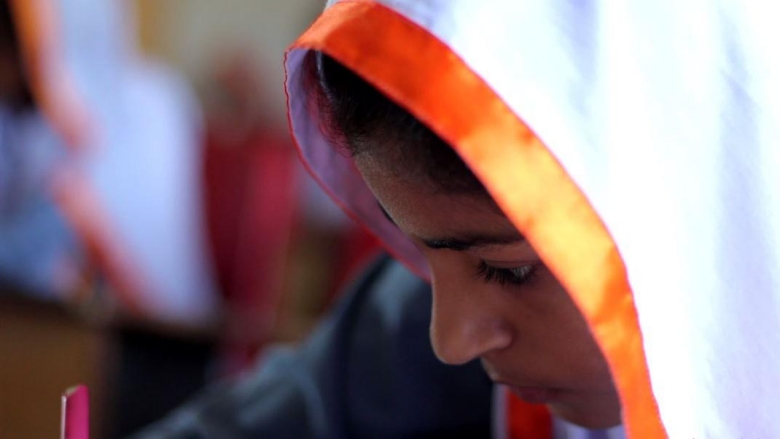Grade seven in the Qureshi Government Boys Secondary School in Karachi is bustling with activity. The science class is in session and the chemistry teacher is talking about atoms and molecules. The students listen eagerly as the sea breeze permeates the room.
In the adjacent staff room, Sultan Dogar has just arrived. He is the Field Monitoring Assistant from the Sindh government and comes every two months to monitor teacher presence and school infrastructure. He uses a fingerprint-based biometric and photo system supported by Global Positioning System (GPS) coordinates.
More than 26,200 schools and 210,000 education staff spread across the province are being monitored. The transparent and effective system aims to address such problems as “absconder teachers” – teachers who are employed yet absent for a lengthy period--, missing basic facilities and infrastructure, closed schools and lack of reliable and timely information on school status and teacher presence.
To date, disciplinary action has been initiated against 40,000 absent teachers and 6,000 absconders.
As Dogar records the data, it is transmitted in real time to a centralized dashboard. The Education and Literacy Department has access to this information and uses it to plan and make informed decisions.
The system has been set up under the Sindh Global Partnership for Education project, which supports the government’s reform efforts over a three-year period.




